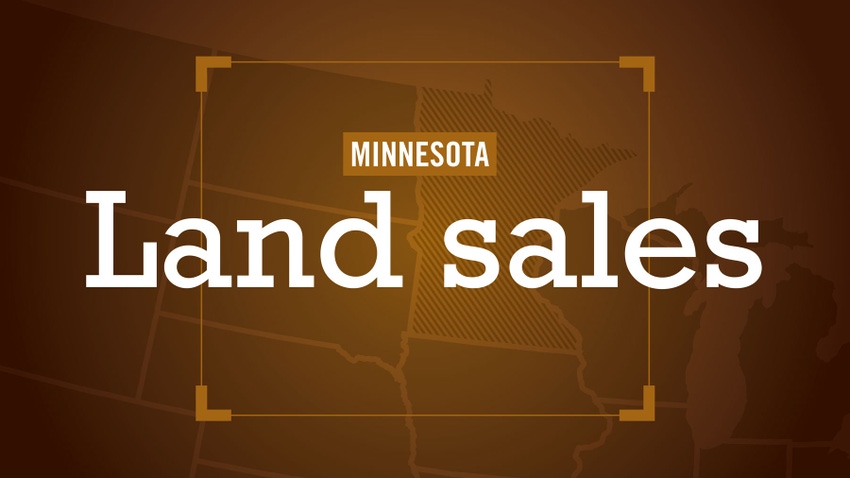March 18, 2024

by Jared Augustine
The complexity of tax law is a weapon that can be used for our benefit or demise depending on how we wield it.
Under Internal Revenue Code Section 1031, the Internal Revenue Service provides a legal pathway to defer paying taxable gains on real property held for productive use in a trade or business if you exchange it for like-kind real property.
In other words, farmland buyers can sell a business real estate asset (farm, ranch, rental property, commercial property) and use 100% of the proceeds from that sale to buy a farm without paying a capital gains tax.
To execute a successful exchange, the exchanger must use a qualified intermediary to assist with the transaction and close on a replacement property in a specified amount of time, among other things.
A 1031 exchange can be used as a way for farmers and investors to “trade up” in assets by using the proceeds of a sale to buy more acres, higher-quality land or a farm that is closer to home.
I’ve seen investors use a 1031 exchange by selling a business asset and using the funds to purchase farmland. Why? They felt that farmland was a more stable long-term asset that was easier to maintain in retirement.
I have worked with farmers who sold an apartment that they bought 20 years ago and used the funds to buy a farm.
Recently, I had a conversation with a farmer friend who inherited a farm many years ago. Unfortunately, the farm is four hours from where he lives. In the future, he could sell the inherited farm using a 1031 exchange and buy land close to home.
The best part is that he could buy the replacement farm with little to no debt.
1031 impact
How does all this affect farmland values? When buyers have “1031 money,” they tend to be willing to pay a little more than they normally would.
One reason is that they already have a significant amount of money to put down as cash to buy the new property and can afford to finance a little more if necessary.
Another reason is that in a 1031 exchange, potential replacement properties must be identified within 45 days and be purchased within 180 days of the sale of the relinquished property.
As the timeline ticks down without a farm under contract and the pressure increases, people tend to pay a little more than a farm is worth to avoid paying the capital gains tax.
It is not uncommon to have one or more buyers at an auction who plan on utilizing a 1031 exchange. This usually leads to a strong sale that otherwise may not have been.
In a nutshell, the 1031 exchange tends to prop up or strengthen farmland values and may even maintain higher values in an otherwise down market.
If you are considering a 1031 exchange, I encourage you to speak with your accountant and attorney about your specific situation before moving forward.
It is important to be fully educated and have a plan in place before you start to execute a 1031 exchange.
It’s unknown if the sales below were impacted by any 1031 exchanges, but it is clear that the land market remains stable.
Watonwan County
West of Lewisville. 80 ± acres sold for $11,400 per acre, and 151.98 ± acres sold for $11,300 per acre. Parcel 1 consisted of 77.8 tillable acres with a crop productivity index rating of 91.2, and Parcel 2 consisted of 145.7 tillable acres with a consumer price index rating of 91.1.
Rice County
East of Montgomery. 59.4 ± acres sold for $10,100 per acre. The farm consisted of 45.8 tillable acres with a CPI of 79.6.
Norman County
North of Ada. 156.86 ± acres sold for $7,600 per acre. The farm consisted of 150 tillable acres with a CPI of 90.3.
Nobles County
Northeast of Wilmont. 160 ± acres sold for $11,300 per acre. The farm consisted of 156 tillable acres with a CPI of 94.1.
Lac qui Parle County
South of Ortonville. 147.07 ± acres sold for $10,500 per acre. The farm consisted of 141.15 tillable acres with a CPI of 89.4.
Brown County
East of Hanska. 106.11 ± acres sold for $13,000 per acre. The farm consisted of 103.99 tillable acres with a CPI of 93.4.
Augustine is a Minnesota-licensed real estate salesperson for Hertz Farm Management Inc. He lives near Minnesota Lake with his wife and four children and works out of Hertz’s Mankato office. Hertz Farm Management compiled the list but did not handle all sales. Call Hertz in Mankato at 507-345-5263 or 800-730-5263, or visit www.hertz.ag.
You May Also Like




